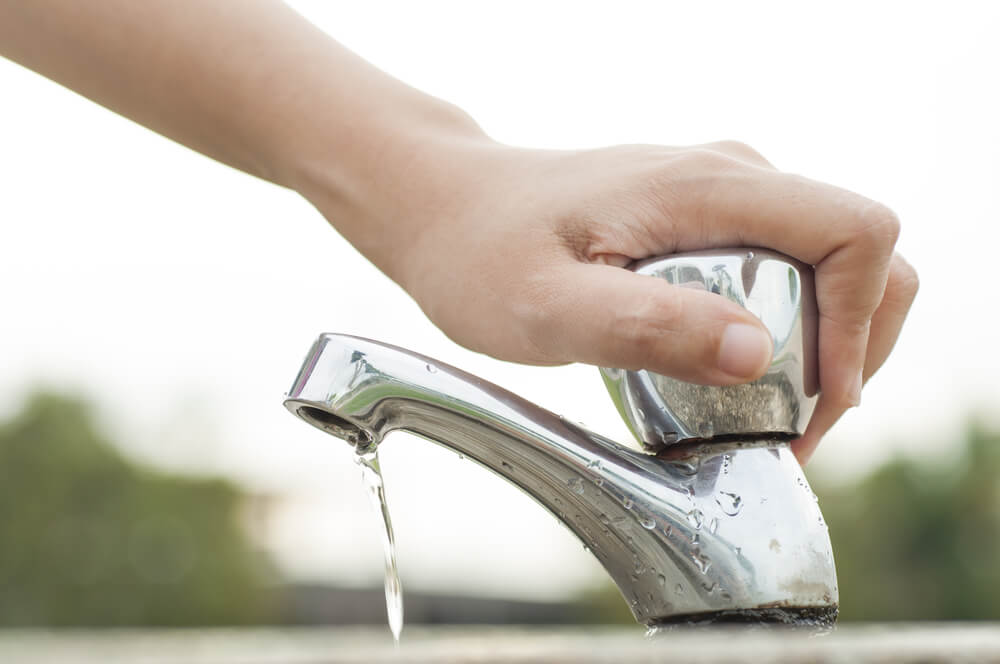Starting at home, it’s important to realise how much water you can actually save. For each area of your home you are able to reduce a significant amount of water just by using effective techniques. To make the water saving journey as simple as possible, find water saving techniques for your home below.
Existing Bathrooms:
- Take shorter showers. Turn the shower on, wet yourself, turn it off. Soap yourself, rinse, and you’re done. Showering once a day and filling up less water in your bath can save a lot of water.
- Use a basin in the shower. Collect all the water you shower with and use this to flush your toilet, either via the cistern or straight into the bowl.
- Wash your hair less often. With training and a few uncomfortable days your hair can adapt to being washed less often.
- Shave with a small container of water. There’s no need to keep water running this way when shaving.
- Reduce the amount of water you use when flushing the toilet. Lift the toilet handle immediately when flushing and only flush if needed. By doing this you reduce the amount of water running down the drain.
- Put a brick or bottle in the cistern of the toilet. This allows the cistern to fill up with less water.
- If you have a baby that cannot stand up in the shower, wash the baby in a basin or use a baby dam.
- Change your shower head to a water saving alternative
- Collect steam/moisture with a dehumidifier. The water collected can be used as a source of greywater.
New Bathrooms:
- Fit water saving shower heads. A single temperature lever (instead of two taps) makes taking a shorter shower even easier – consider this when installing a shower.
Some alternative shower head solutions you can consider are:
- Nebia spa shower head
- Sustainable shower heads and regulators
- EcoSmart showers
- Fit water saving nozzles onto your taps
Some alternative water saving nozzles you can consider in a new or existing bathroom are:
- Altered: Nozzle Dual Flow
- Sustainable nozzle aerators
- Install a water saving toilet
Some alternative water saving toilets you can consider are:
Existing Kitchens:
- Put basins in your sinks and don’t leave water running when washing dishes. The basin can be used for freshwater to rinse vegetables or dishes.
- Boil water when washing dishes. Very hot water cleans your dishes more efficiently, which means you won’t need as much water or soap. It’s wise to leave the greasiest dishes for last.
- Use one-pot recipes when cooking meals. Often, using more than one pot is unnecessary when cooking.
- Steam your vegetables instead of boiling them. By doing this you are also cooking your vegetables in a healthier way.
- Scrape and wipe your plates clean before putting them in the dishwasher so you can use a shorter cycle.
- Put a full load of washing into the washing machine and dishwasher.
- Use paper cups and plates. Remember, plastic is extremely bad for the environment.
New Kitchens:
- Fit water saving nozzles on the kitchen sinks.
Some alternative water saving nozzles you can consider in new and existing kitchens are:
- Altered: Nozzle Dual Flow
- Sustainable nozzle aerators
- Exchange your old dishwasher for a water efficient alternative. Contrary to conventional wisdom, washing dishes by hand uses far more water and energy than using the dishwasher. When using the dishwasher households can save up to 1200 litres per year.

